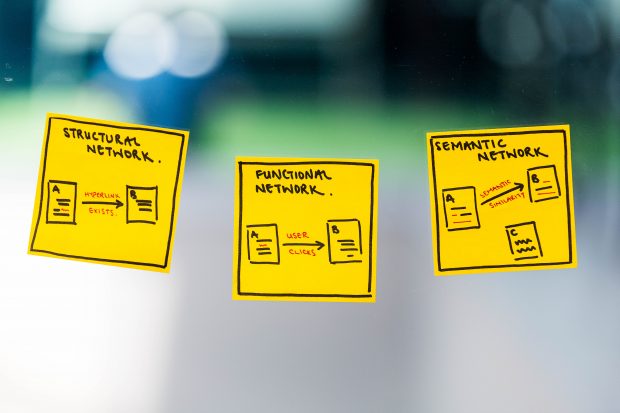Connecting the dots: network science on GOV.UK
Posted by:
Felisia Loukou - Data Scientist, GDS and Nicky Zachariou - Head of Data Science (Prisons and Probation), MoJ, Posted on:
-
Categories:
Data science, Machine learning

...content item. In this way, the structural network of GOV.UK is created, consisting of approximately 250,000 nodes and 350,000 links. When we first started using network science methods on the...
